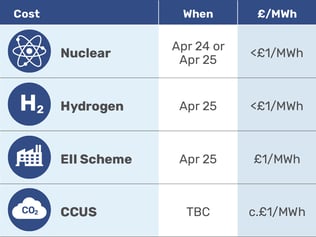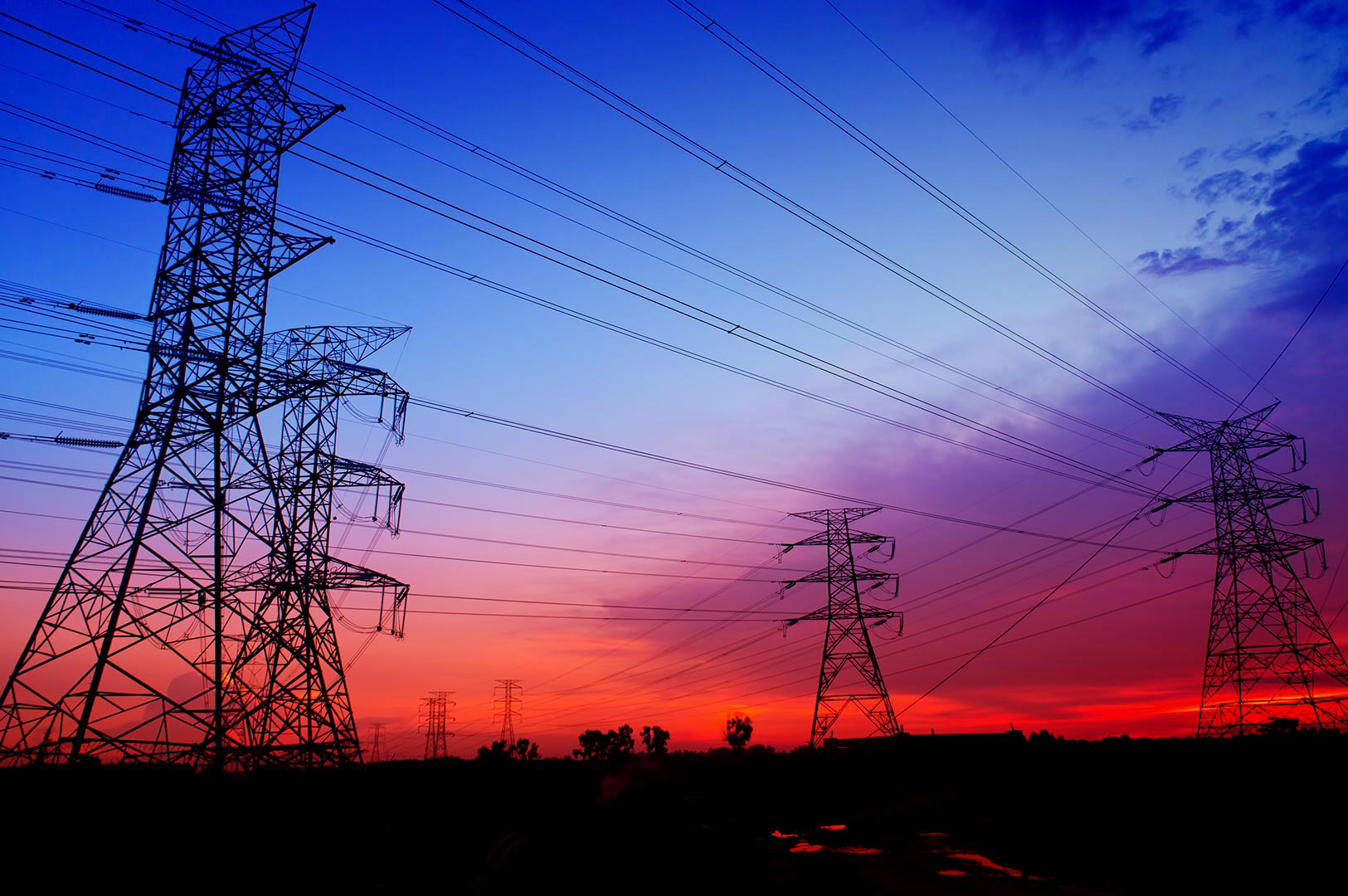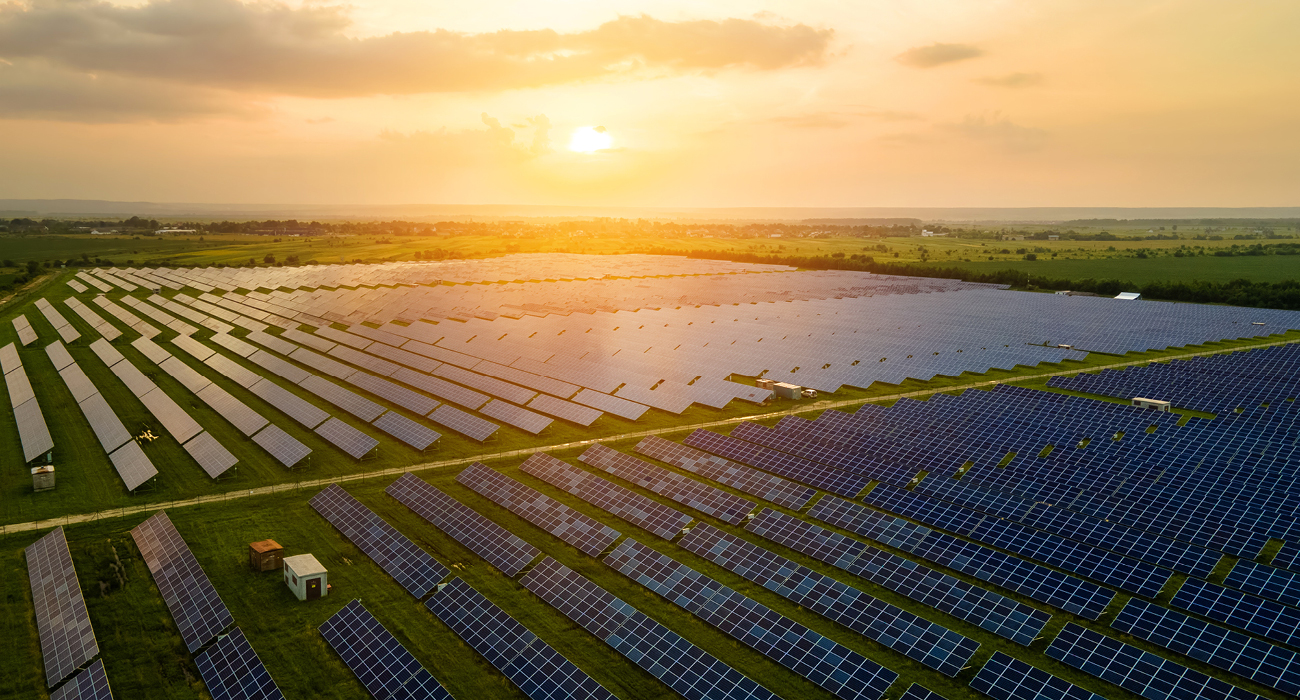Ask any business energy consumer about electricity and gas prices, and they are likely to agree they are already paying too much.
While we might currently be benefitting from a cheaper commodity element compared to the eye-watering highs we’ve seen over the past two years, the sizeable non-commodity elements are still adding a hefty chunk to final invoices.
And now, with the funding of new low-carbon generation and net-zero technologies, there are even more policy-related charges planned, which could add as much as £3 per megawatt hour (MWh) to energy costs over the next few years.
Four potential new charges on the horizon
To support the building of new nuclear generation and the development of green hydrogen and carbon capture technologies – plus funding to ease the energy cost burden on energy-intensive industries – we are looking at four potential new charges being added to energy invoices.
1. Nuclear Regulated Asset Base
What is it? With the UK’s older nuclear generation being decommissioned, there is an increasing need to invest in building new capacity. To finance the sizeable cost of this, the government is introducing a ‘Regulated Asset Base’ (RAB) model, whereby consumers pay upfront via a charge on invoices. (See our recent blog for more on this.)
How much will it cost? Our initial estimate is that RAB will add under £0.50/MWh to invoices in the first few years, with larger costs to follow.
When will it happen? We could see RAB charges being added to electricity invoices as early as April 2024. Although if the government cannot secure private investment for Sizewell C, this may be delayed.
2. Hydrogen levy scheme
What is it? To encourage green hydrogen production, the government has put forward an incentive scheme that offers investors a guaranteed return by topping up income if hydrogen prices fall below a minimum level.
How much will it cost? The government has committed £100 million each year until April 2025. Then funding is expected to pass to all energy consumers via a policy charge added to bills, which we estimate could cost around £0.50 to £0.60/MWh – likely on gas invoices.
When will it happen? As above, from April 2025. However, it’s been reported it may not now go ahead due to concerns of overburdening energy consumers with extra expense. We need to see if the government’s Energy Bill will be amended to reflect this as it completes the parliamentary process. So we will keep you posted.
3. Subsidy to support energy intensive industries (EIIs)
What is it? Because the UK’s largest industrial energy consumers – for example, steel, glass and paper manufacturers – pay more for electricity network costs than their European counterparts, the government wants to subsidise this expense to help them remain competitive.
How much will it cost? EIIs will save around £14/MWh. But this discount will have to be met by suppliers, so is likely to be passed onto other consumers via a new policy charge of around £1/MWh added to electricity invoices.
When will it happen? The government is aiming to introduce this subsidy for eligible EIIs from April 2024. But the levy won’t start being paid out to these EIIs until a year later, so it likely won’t show up on invoices until around April 2025.
4. Carbon capture subsidy
What is it? A new subsidy to support Carbon Capture, Usage and Storage (CCUS) projects to reduce emissions in industries where other carbon-saving measures cannot be applied.
How much will it cost? The cost is currently unknown as it depends on the nature of the scheme and level of support offered. But our initial estimates suggest about £1/MWh on electricity invoices.
When will it happen? This CCUS project is still subject to a government consultation, so we don’t expect to see it appear on energy invoices until the late 2020s.
The bottom line

While the exact costs and timescales for all these new charges are still to be confirmed, the bottom line is that your energy invoices are set to get bigger – and longer.
In terms of cost, as above, we are potentially looking at around £3/MWh being added in the next few years.

/npm214%20Digital_H_UB142.jpg)

/npm214%20Digital_H_UB94.jpg)


/npm214%20Digital_H_UB92.jpg)


/npm214%20Digital_H_UB139.jpg)
/Author%20Profile%20Caple_Claire_W.png)

